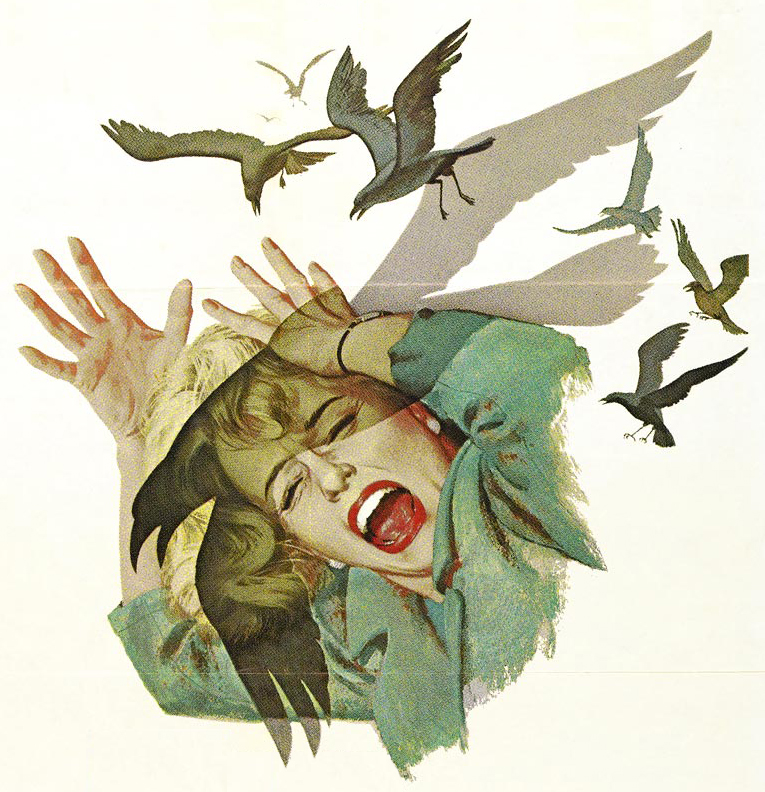
Posted on 12/31/2011 6:52:54 PM PST by nickcarraway
THE mass attack by seabirds on a coastal town that inspired Alfred Hitchcock's thriller The Birds may finally have been explained.
Biologists have blamed toxic algae eaten by the birds for damaging their brains and making them so aggressive that they dived at people, buildings and moving cars in Capitola, California, in 1961.
Hitchcock's film, released two years later, was inspired partly by the event and partly by a short story by Daphne du Maurier about an unexplained avian attack on a Cornish farm worker and his family.
In the Californian incident, hundreds of normally unaggressive sooty shearwater gulls suddenly, according to local reports, "went crazy". But as in the film, the attacks ended as abruptly and mysteriously as they had started, and the cause has been unknown until now.
The team from Louisiana State University's marine biology unit, whose study is published in the Nature Geoscience journal, suggests the poison food may indeed have driven the gulls crazy. The biologists examined stomach contents held in frozen storage since they were taken from birds and turtles gathered in the wake of the attack. The algae were probably tainted by leaky septic tanks - the result of a 1950s housing boom.
The actress Tippi Hedren, 81, who starred in the film, said she remembered Hitchcock studying reports of the Capitola attack.
She added: "I do recall live birds being attached to my face with wire, making them panic and me scream for real, so I do feel sorry for those people in Capitola - and, of course the birds themselves."

The Daphne Du Maurier story (credited in the movie) was published in 1952. Also the attacks didn’t truly end.

Oooh, that’s messed up....
We lived next to Tern Lake in Alaska, during nesting season the terns were divebombers from hell.
Disclaimer: Opinions posted on Free Republic are those of the individual posters and do not necessarily represent the opinion of Free Republic or its management. All materials posted herein are protected by copyright law and the exemption for fair use of copyrighted works.